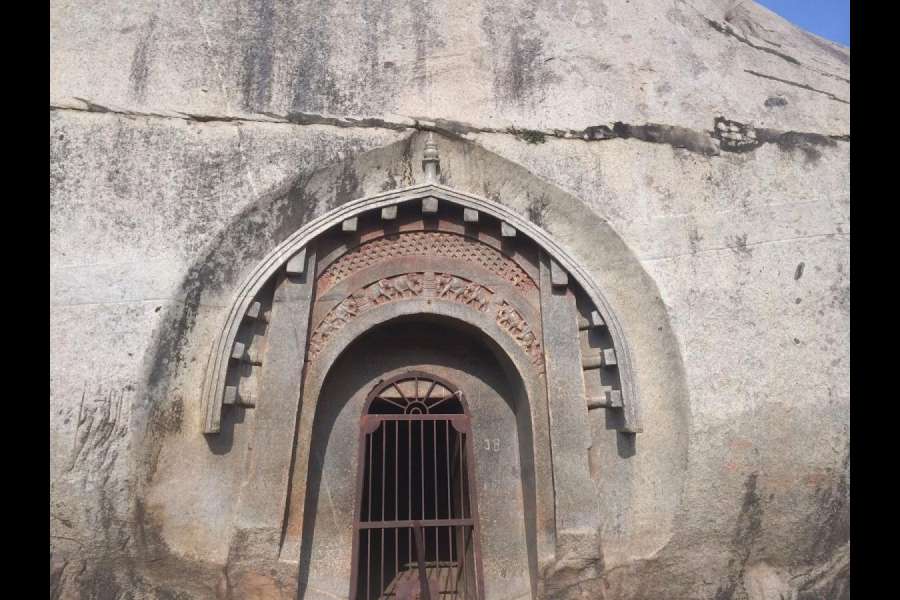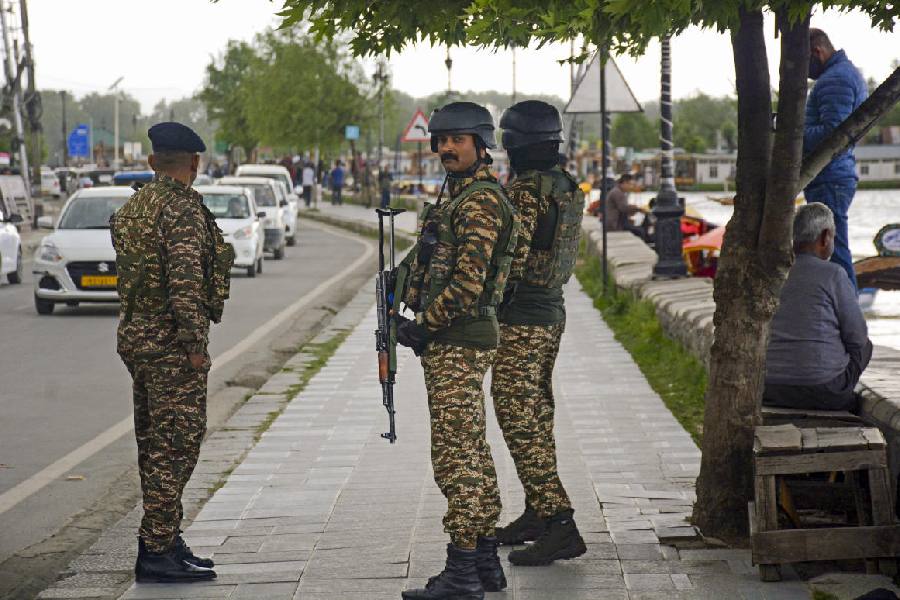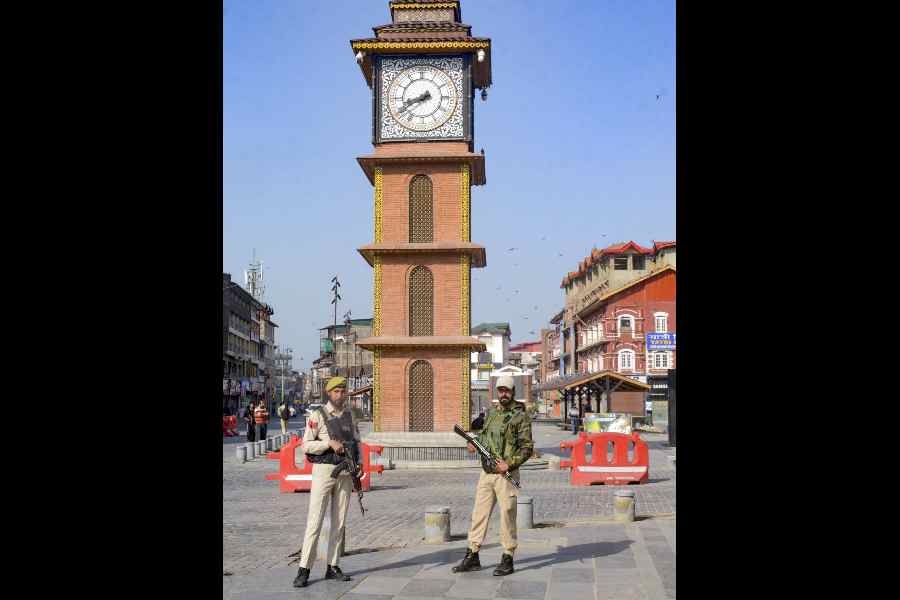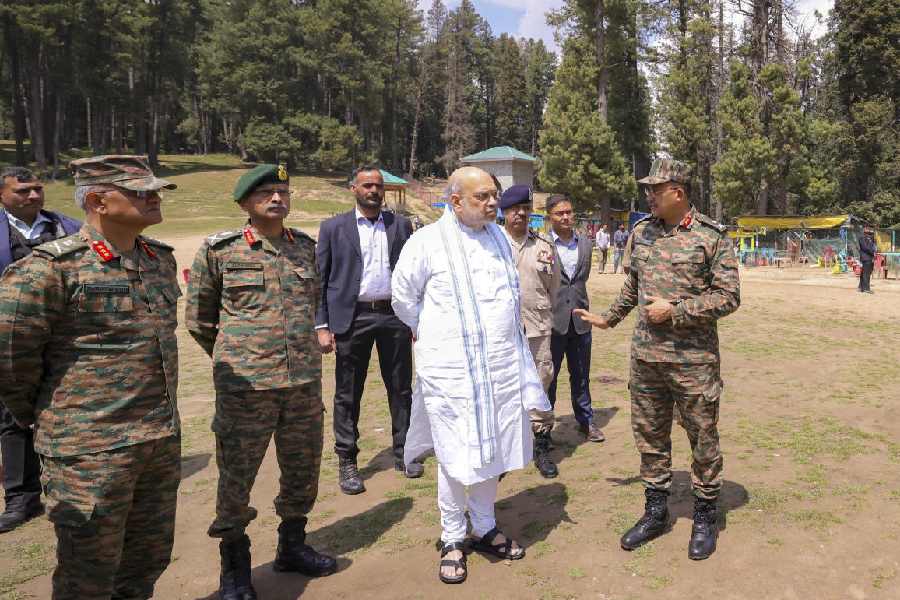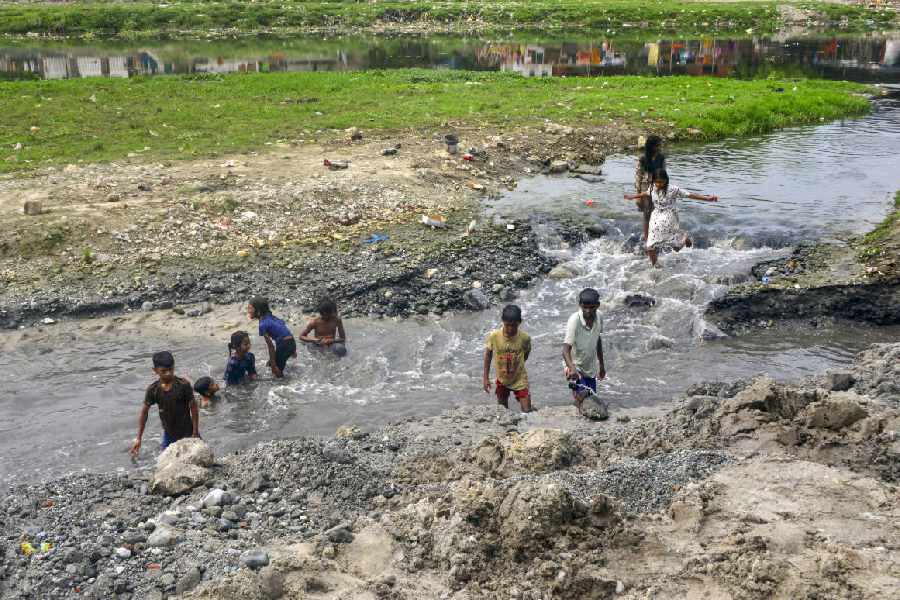The iron tools that carved the famed Barabar Caves and fuelled the rise and prosperity of the ancient Magadha and Mauryan empires may have come not necessarily from mineral-rich Chhotanagpur but closer home in Jehanabad, recent research has indicated.
Scholars have for decades debated the source of the iron ore and sites of the foundries that made the implements that created the Mauryan-era Barabar Caves — India’s oldest surviving rock-cut caves — and provided the Magadha empire with weapons and farming equipment.
Shanker Sharma, former Archaeological Survey of India expert and now assistant professor at the department of Ancient Indian and Asian Studies at Magadh University in Bodh Gaya, believes he now has the answer.
He claims to have discovered high-quality iron ore in the backyard of the Barabar Hills in Jehanabad — the site of the Barabar Caves — which he believes was turned into tools and weapons by local ironsmiths more than two millennia ago.
“We were taught that apart from geographical factors, iron mines in what is now Jharkhand contributed to the rise of Magadha,” Sharma told The Telegraph.
“I wanted to know where the iron ore was procured from and processed. My search led me to the Barabar Caves. The granite rocks could not have been cut with such finesse without high-quality, sturdy iron tools.”
While Sharma is yet to publish his work, he will present a paper on his discovery at the 10th World Archaeological Congress, to be held in Darwin, Australia, from June 22 to 28.

Assistant professor and archaeologist Shanker Sharma with a large chunk of magnetite.
The archaeologist told this newspaper he had been surprised to discover chunks of magnetite — a mineral that is an important form of iron ore — lying around the Barabar Hills. Further investigation led him to mounds known locally as “Loha Pahad” or Iron Hill that were rich in magnetite.
When he scoured the area further, he found ancient trenches cut to extract iron ore, as well as traces of smelting and slag.
Surprisingly, the Bihar government’s records do not mention iron ore or iron quarrying in Jehanabad. A 2015 report from the Indian Bureau of Mines mentions the presence of good-quality iron ore at a few places in neighbouring Gaya district.
Sharma said the area around the Barabar Hills provided evidence of continuous human settlement from the Paleolithic (Old Stone Age) and Neolithic (New Stone Age) eras to the present times.
“The site also has a presence of material remains of the Iron Age culture — Black Slipped Ware and Northern Black Polished Ware — and other artifacts from later eras,” Sharma said.
He added: “This indicates that a community of skilled ironsmiths may have lived there for centuries, exploiting the easily available ore, smelting it and turning it into tools, implements and weapons.”
Sharma asserted that the iron ore found around the Barabar Hills is of high quality.
“Though geochemical and petrographic tests (need to be done) to determine the exact quality and classification of the iron ore, trust me when I say it’s of high quality. I am from the Lohar (blacksmith) community and we can recognise high-quality iron at a glance,” he said.

The Barabar caves
Sharma said that without quality iron implements, Magadha could not have built the 2,600-year-old Cyclopean Wall, a 40km wall of dressed, semi-dressed and undressed stone that circled the ancient city of Rajgriha (present-day Rajgir) in Nalanda district.
The wall is considered among the oldest protective masonries or stone fortifications in the world and predates the Great Wall of China.
Sharma believes that the rock-cut drainage channels of Rajgir, the moats around ancient Patliputra, and the Asokan pillars – all owe a debt to the blacksmiths of Jehanabad.
“The iron-ore sites around the Barabar Hills need to be protected as a cultural heritage before they are vandalised or vanish because of the government’s development projects,” Sharma said.
“A concrete road has already been built just beneath the Loha Pahad. Such activities lead to the deterioration and destruction of archaeological sites.”
Sharma said the famous Neolithic-Chalcolithic site at Sonepur in neighbouring Gaya district had disappeared, with local people levelling it to grow crops or build houses.

